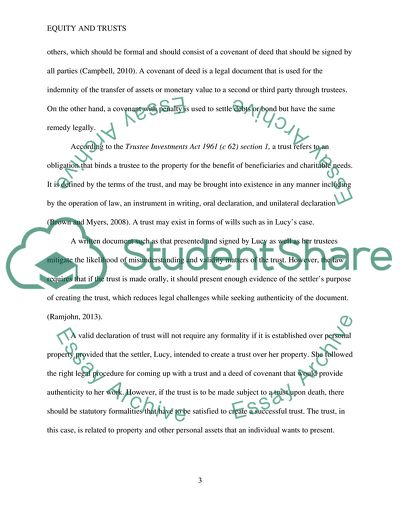Cite this document
(Equity and Trusts Report Example | Topics and Well Written Essays - 2250 words - 1, n.d.)
Equity and Trusts Report Example | Topics and Well Written Essays - 2250 words - 1. https://studentshare.org/law/1863214-equity-and-trusts
Equity and Trusts Report Example | Topics and Well Written Essays - 2250 words - 1. https://studentshare.org/law/1863214-equity-and-trusts
(Equity and Trusts Report Example | Topics and Well Written Essays - 2250 Words - 1)
Equity and Trusts Report Example | Topics and Well Written Essays - 2250 Words - 1. https://studentshare.org/law/1863214-equity-and-trusts.
Equity and Trusts Report Example | Topics and Well Written Essays - 2250 Words - 1. https://studentshare.org/law/1863214-equity-and-trusts.
“Equity and Trusts Report Example | Topics and Well Written Essays - 2250 Words - 1”. https://studentshare.org/law/1863214-equity-and-trusts.


